Year's End: The best of the Garden in 2023.
On the last day of the year, here's a look back at what I think is the best of this blog in 2023.

Incredibly, it's New Year's Eve and another year is gone. I'll save the usual old-man-shakes-fist-at-cloud ruminations on how fast time passes, and instead on the eve of 2024 I'd just like to thank everyone who subscribes and reads to this blog. This community is not very large--yet--but I'm thankful for it, and working on articles here is often a welcome respite from the rest of my daily work. I hope you'll stick with me in 2024 and I'd like to see the readership grow, as it has been growing steadily.
This blog is not quite a year old. However, as it began in January 2023, I think it's appropriate to do a best-of retrospective, especially since there are more of you who began reading later in the year (especially after my YouTube channel came to prominence) and you may have missed some of the earlier articles. This is not a list of the most popular articles--in fact, I don't even keep track of views or hits--but the ten articles I think represent most closely what I want this project to be and why I think it's worthwhile to read it. They are not ranked by anything other than chronology. If there were some of these that you missed, here's a chance to go back and revisit them.

The long journey to this blog (Jan. 20)
This was the very first article on the Garden of Memory, which I put up even before the site went public. Those of you who joined me more recently may not be aware that I've been running a blog for over ten years, through various incarnations. This article explains where I came from, what my blogs were like previously, and why I decided to reboot things by starting this one. I think I have probably a handful of readers who were reading me back in the old SeanMunger.com days on Wordpress. You are not forgotten! Anyway, I thought this article would be a good way to introduce what I want this blog to be and why I started it.
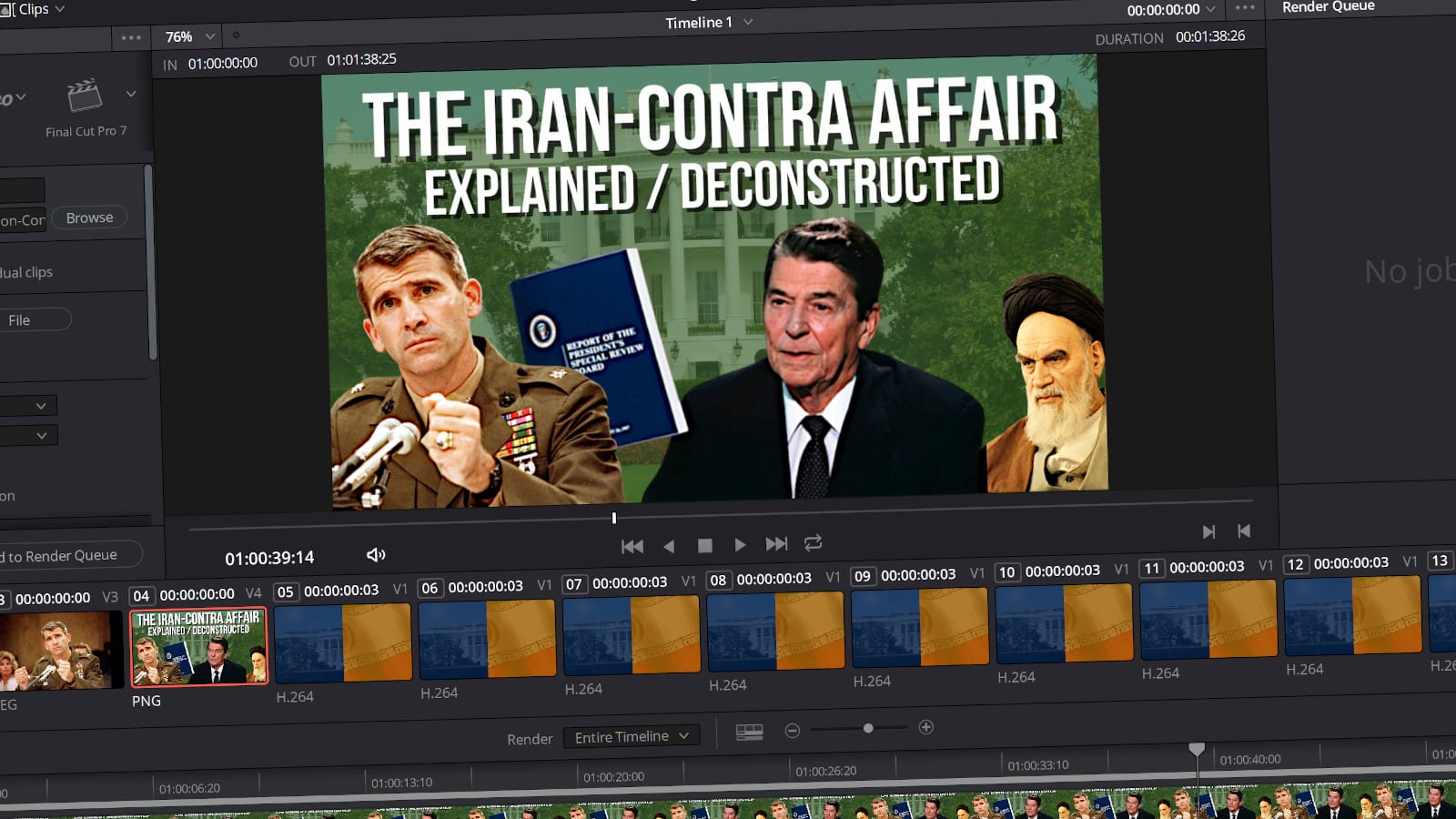
Behind the Scenes: Iran-Contra Explained, my most challenging video (to date) (Feb. 7)
When I started the Garden back in January, I had no idea that it was eventually going to be so closely intertwined with my YouTube channel. That was probably because, at the beginning of 2023, my YouTube channel didn't have very many viewers. But I still thought it was worth it to do some tie-in pieces explaining the videos I've made, what went into them, and why I think they matter. This one, on the Iran-Contra scandal video which I put up in February, was the first of them, and possibly the best.
The Iran-Contra video proved fateful for me. Though it went up in February, it suddenly went viral in mid-July, and the success of it is primarily responsible for putting my historical channel on the map. Thus, it's sort of my "breakout hit." Whenever I do a behind-the-scenes article about a video, I use this article as the blueprint.
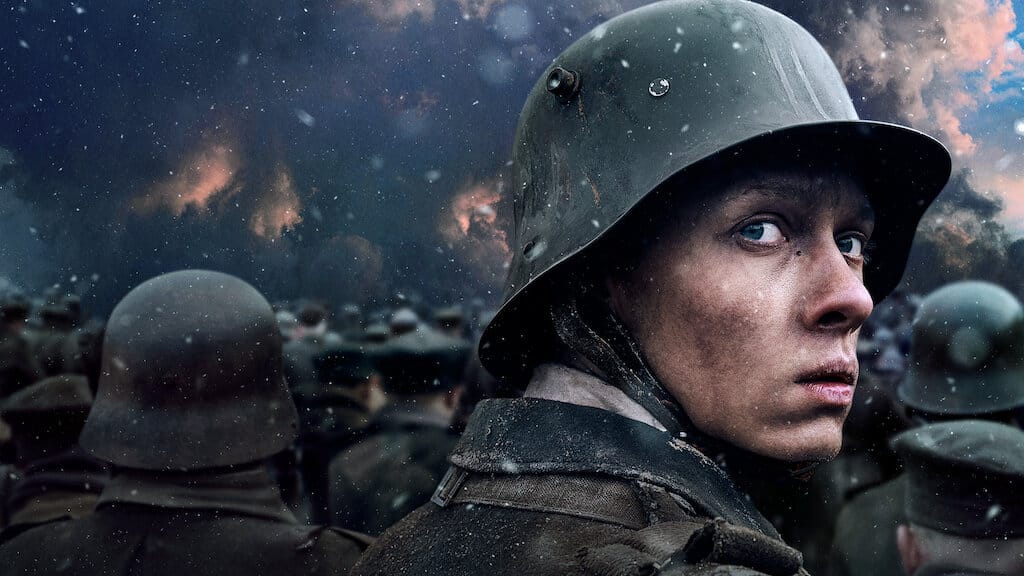
"All Quiet on the Western Front" and the meaning of World War I (Mar. 12)
I recall writing this article on a rainy, stormy Sunday in March, the day of the Academy Awards--which I don't watch anymore--when the 2022 remake of the classic war film All Quiet on the Western Front was nominated for Best Picture. My purpose there was not to predict or opine on its merit as an Academy Award winner, but to try to put together some thoughts on why World War I, now more than a century in our past, still casts such a long shadow over western civilization and world history. I'm drawn to World War I, its incredible cataclysmic power, and its metaphorical dimensions in forecasting a world society in chaos--as ours is today. Almost always whenever I talk about World War I, I liken it to human-caused climate change, the disaster we're going through now. This is the first article in which I did so. This article is on the short-list for my all-time favorite of 2023. Because it came so early in the year, probably not many of you read it.

My lunch with Robert Sheckley, classic SF writer (Apr. 20)
Now this was a fun article. It had been years since I dusted off my recollections of a meeting I had, way back in 1999, with classic Golden Age science fiction writer Robert Sheckley, author of numerous short stories and novels (my favorite is "A Ticket to Tranai," published in 1955). Sheckley was very old and feeble when I met him at the invitation of a lawyer friend of mine; he died a few years later. Before writing this article I re-read several Sheckley stories, and after it I tried my hand at writing some old fashioned "space opera" short stories of my own. (Again, this was before my YouTube channel hit and pretty much monopolized what little creative time I had to myself). But I'm proud of this article, and if you look closely you'll see that Golden Age SF is a theme that subtly weaves its way through this blog, such as, for example, in this article from early October. I will never be known as a science fiction writer, but, as they say, I've been known to dabble, and Sheckley remains a primary inspiration.

Retro future queen: the QE2's brief heyday as a 1960s design icon (May 2)
This was another fun one. I love ocean liners and their history, and especially their interior design. On May 2, the anniversary of the debut of Cunard's Queen Elizabeth 2 in 1969, I wrote this one, and had a great time hunting down old pictures of her original interior--which existed for only a short time. Passengers didn't respond to the bold late-60s design choices made on the original QE2 the way Cunard hoped they would, so the ship was extensively refitted in 1972 and much of the original interior redone. The QE2 was always destined to be a transitional ship in the history of ocean liners, straddling the nadir era after most of the floating palaces had disappeared, but before their semi-resurgence at the beginning of this century. That's why I think remembering the ship as she originally was is important.
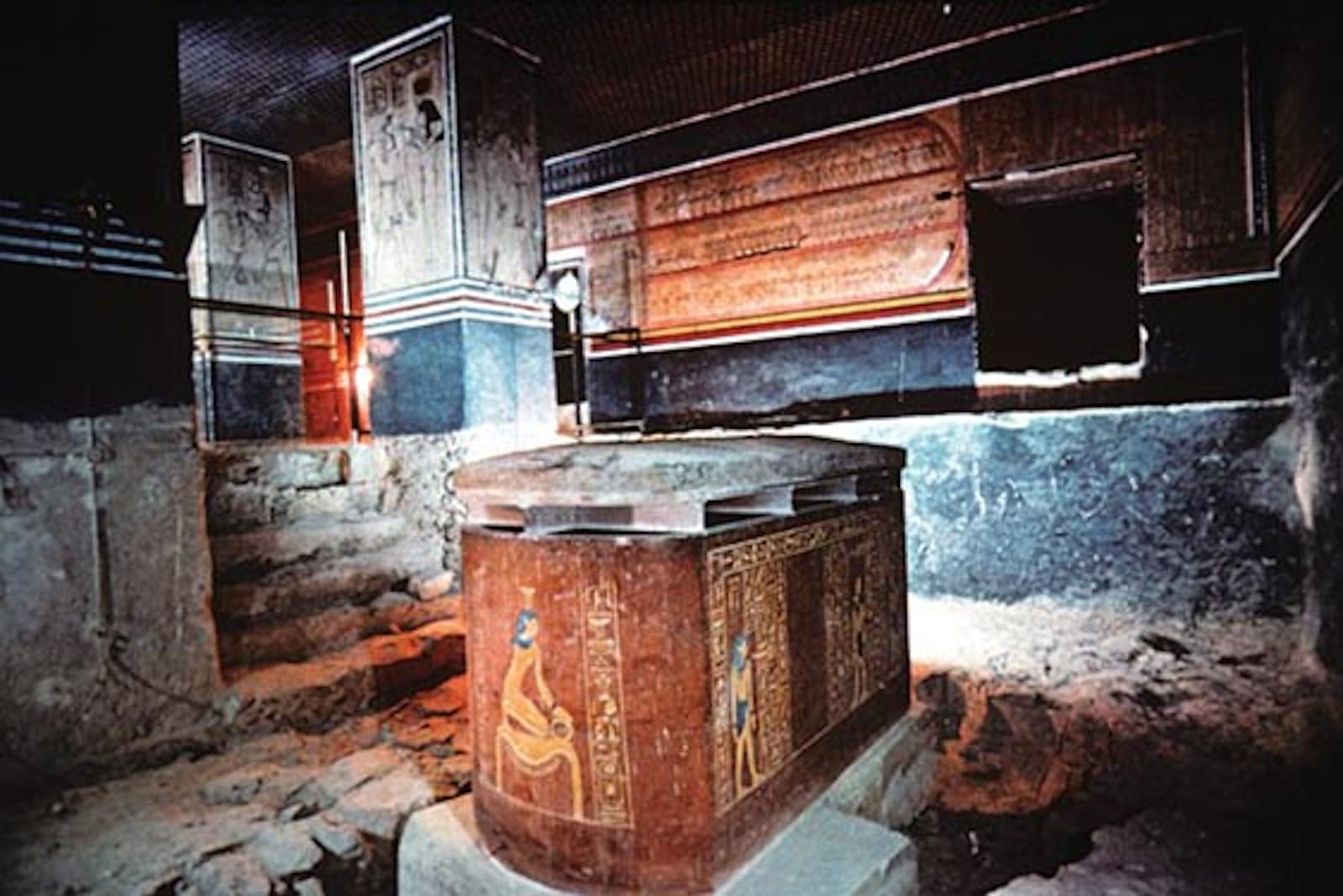
KV35: Ancient Egypt's chamber of horrors (May 18)
I admit I was in a morbid mood back in May when I wrote this article, a subject I always wanted to tackle on my blogs (or in a video) but had never gotten around to. In 1898, French archaeologist Victor Laurent discovered a previously forgotten tomb in Egypt's Valley of the Kings, which turned out to be an utter chamber of ancient horrors like something out of a Nile death metal album. The story of KV35, as the tomb came to be called, is mysterious and full of holes--including the gaping hole in face of the mummified woman found there, known as the Younger Lady. Read the article for the surprise about who the Younger Lady turned out to be, confirmed only by DNA tests made in this century, more than 2,000 years after her brutal murder. Perhaps I should have run this article on Halloween; its subject matter still terrifies me.

Watergate: a place haunted by history (Jun. 17)
Here's another example of the synergy between my blog and my YouTube channel. This article, about the history and geographic dimensions of the Watergate site in Washington, D.C.--where the famous scandal began with an office burglary in June 1972--eventually became the genesis of a video I produced in November. So in a sense it's sort of the reverse of the Iran-Contra behind-the-scenes article. When I wrote the article in June, adapted from an earlier version on a previous incarnation of this blog, I had no idea I was eventually going to do the video. I think it's worth a read in its own right, even if you have seen the video. Watergate is another subject that resonates and lingers in American history and is not likely to recede in prominence any time soon.
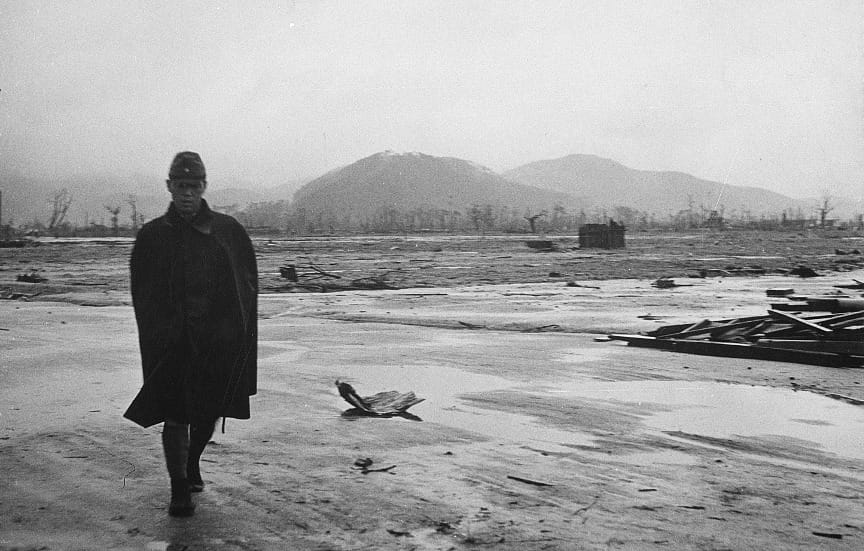
The day after Hiroshima (Aug. 7)
I do not wish to argue about whether the American atomic bombings of Hiroshima and Nagasaki in August 1945 were justifiable. A surprising amount of people today do seem to want to argue about that. This article, adapted from an earlier piece that appeared on the Wordpress-era SeanMunger.com, is really more about our own modern existential crisis--human-caused global warming--than it is about an unchangeable fact of the past. Yet we still can't escape the specter of those terrible events at the end of World War II, or the moral conundrum it causes for us in the modern world. That conundrum was reinjected into the public consciousness this summer with the release of the film Oppenheimer (which I reviewed here), and that's another reason to revisit this uncomfortable subject.

The malleable past: How easy is it to "fake" history? (Nov. 5)
An uncomfortable result of the popularity of my YouTube videos has been the constant reminder of just how much people's conception of history is tainted--poisoned, I'd say--by the bacillus of conspiracy theory. I was aware of that when I wrote the original version of this article 8 years ago, but it was fresher in my mind since I've seen legions of attempted YouTube comments on my various videos pushing baseless conspiracies on everything from Charles Manson to Rasputin. Conspiracy theory is a fundamentally defective and dangerous worldview. It results often in the wholesale revision of history and springs from an ignorance of how history works, how we know events happened in the past, and how we can still--yes, even in this "post-truth" era--separate what's real from what's imagined. That was the point of this article, updated and rewritten since its original version. At least one of my readers told me this was her favorite article of the year.
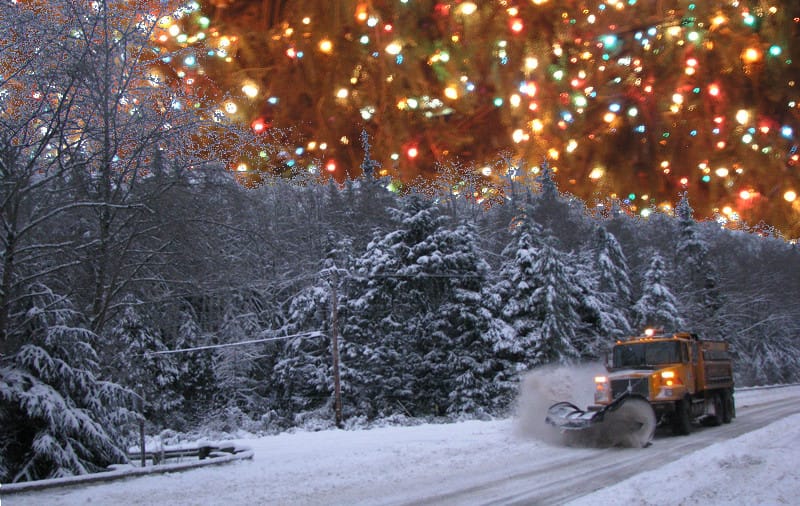
The strangest Christmas: my experiences in the great PNW snowstorm of 2008 (Dec. 28).
Is it fair to claim an article that's only a few days old--and appeared only at the paid tier--as one of my favorites of the year? It is, though. It's now been 15 years, incredibly, since the Pacific Northwest blizzard that ruined the holiday season for me, and it's kind of spooky to think back on that time and the strange things that happened. I don't often do personal reminiscences on this blog, but I thought this would be a fun departure from the norm, and a nice little read in the strange nether-zone of time between Christmas and New Year's.
I want to thank everybody for reading the Garden in 2023. Whatever the new year of 2024 will bring us, it's my hope that you will continue to be part of this community, and that, whether you know me personally or not, I can occasionally give you something to read that's worth thinking about. Happy New Year.
The image of the Lincoln robot in the header is by Flickr user Loren Javier, Creative Commons 2.0.
The Value Proposition
Why should you be reading this blog, or receiving it as a newsletter? This is why.
☕ If you appreciate what I do, buy me a virtual coffee from time-to-time to support my work. I know it seems small, but it truly helps.
📖 You could also buy my newest book.
🎓 Like learning? Find out what courses I’m currently offering at my website.
📽 More the visual type? Here is my YouTube channel with tons of free history videos.



Comments ()